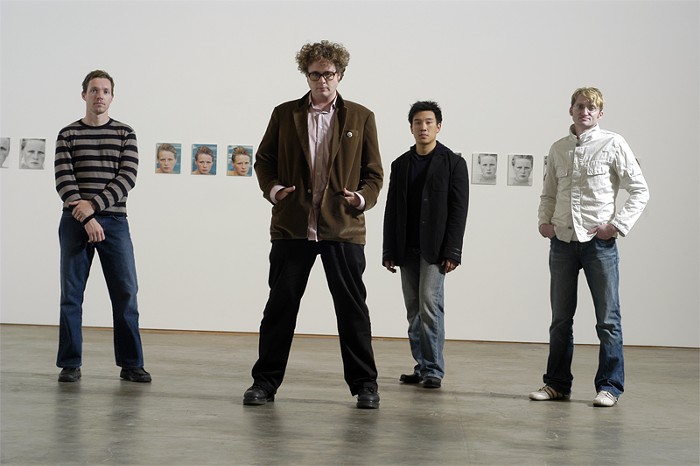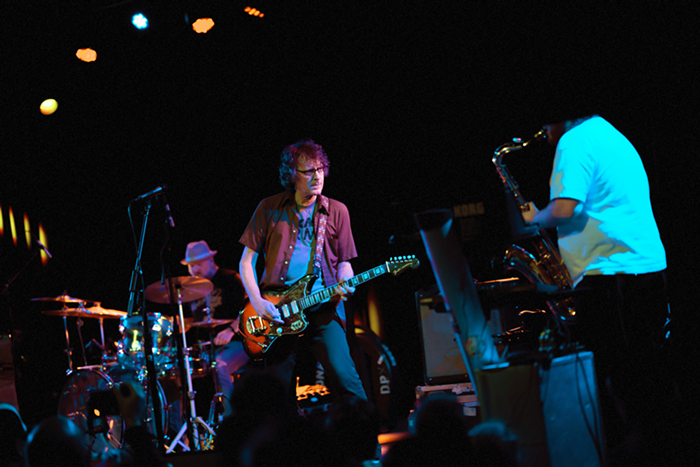In his book Silence, John Cage recounts a story about playing an LP of Buddhist chants for a class at the New School in New York. The students are obviously bored and baffled, yet he keeps the disc going on the turntable. Finally, as Cage tells it, "A lady got up and screamed, and then yelled, 'Take it off. I can't bear it any longer.'" Cage stopped the music, after which one student angrily exclaimed, "Why'd you take it off? I was just getting interested!"
The "Continuous Music" of Lubomyr Melnyk struck me the same way when I heard his cult solo piano album KMH (Unseen Worlds), reissued in 2007. I wasn't surprised to read that Melnyk touts himself as the fastest pianist in the world, able to play "over 19.5 notes per second in each hand, simultaneously."
But what started on KMH as a looped, fleet-fingered passage by Franz Liszt soon became a continually reversing waterfall as notes rippled up and down the keyboard. Stare into the heart of any waterfall long enough and within minutes you will have no idea which way the water flows. Any sense of up and down evaporates. Harmonies began to overlap and distend my sense of time.
Then I started hearing subsidiary vibrations in my speakers. Softly whinnying tones transduced, seeping into the adjacent furniture and emanating from the nearby shelf and mantel. Melnyk was gradually building a tidal wave of sound—not an ear-blasting cacophony of notes and chords piled high, but an invisible downpour that somehow altered the barometric pressure of sound all around me.
Like the legendary conductor Sergiu Celibidache, Melnyk is skeptical about recording. In the liner notes to the original 1978 LP of KMH, the composer reminds us that "there are sounds inaccessible to machinery" and that recording remains incapable of completely capturing the shimmering "sound curtain" that arises in his music.
Continuous Music seems rooted in a profound notion of trance. We flit into microtrances all the time, especially when we mouth a few lines to a song or conduct an orchestral recording by cueing the trombones with an imperious sweep of a claw-fingered hand. Yet instead of vegetative obliteration or momentary escape, trance and repetition are also a form of inquiry—and transformation.
Melnyk's Continuous Music not only refashions how the piano makes sound, but it reshapes the surrounding acoustic environment as well, offering transcendence and a destination on which the soul may alight. He's making a rare Seattle appearance (Tues March 2, Chapel Performance Space, 8 pm, $5–$15 siding scale donation) in the acoustically lush Chapel to perform his music on the piano. ![]()


















